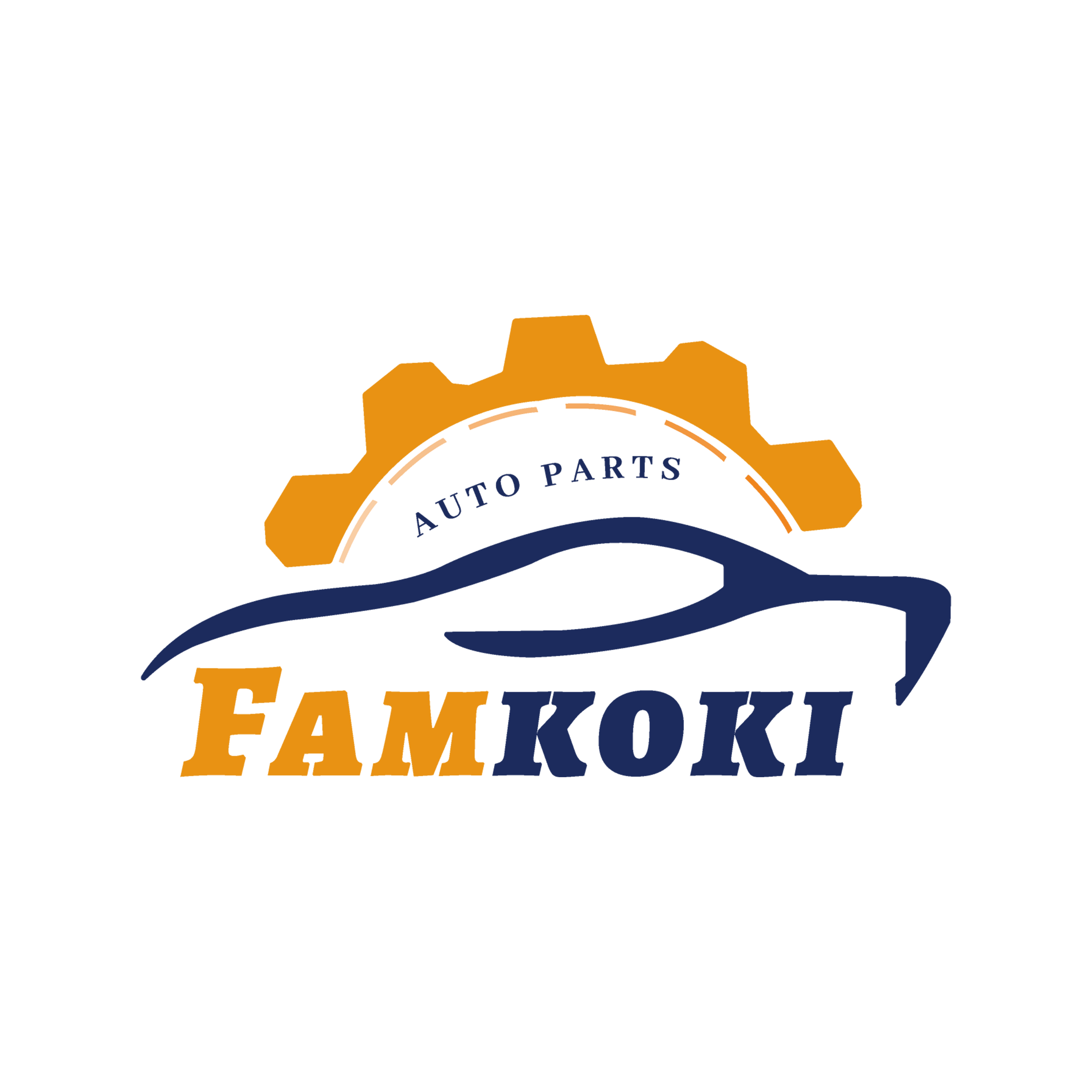Occasions
Wheel hubs have a significant impact on a car's performance and can be the difference between safe, steady driving or breakdown. Unfortunately, they are often overlooked in maintenance procedures. But if you neglect your wheel hubs the consequences could be severe. This article aims to increase awareness about the importance of regular servicing and checks to make sure that wheel hubs continue functioning at peak efficiency.
The Key Functions of the Wheel Hubs and How They Affect Vehicle Performance
Front hubs rotate the front wheel and directly connect it to the suspension system as well as other mechanical parts like brakes and steering gear. Therefore, wheel hubs not only play an important role in how well your vehicle can handle but also a critical role influencing safety. If the workings inside a wheel hub fail, handling will slow and braking performance may drop. Handling will naturally suffer every time the hub does not work like it should.
Ways to Tell if Hub Problems Exist
Whether the symptoms of wheel hubs are noise (grinding or clicking) vibration while driving and/or changes in how the car handles or steers, they are a sure sign of trouble. Other signs indicating that maintenance will soon be needed include visible damage or wear (cracks or leaks, for example).
Recommended Maintenance Schedule
Wheel hub checks and maintenance should be carried out on a regular basis according to how the vehicle is used, type of road you are driving on, and weather conditions. As a rough guide, recommend inspection (or fitting new wheel hubs if this proves necessary) at least once a year or after 10,000-15 000 mi. (16 000-24 000km). But this schedule will change according to usage circumstances -- higher traffic density means more wear -- so it is always best to follow the manufacturer's advice.
Checking and maintenance methods are
Conduct visual inspections for cracks, leaks and other damage. Physical inspections include testing to make sure the hub is completely secured, has no play or wobble, and is functioning properly. Lubrication and periodic cleaning must be carried out to get rid of debris and contaminants, wearing any parts like bearings, seals or fasteners out if necessary.
The Role of Professional Services
It is recommended that you have a professional, regular inspection and maintenance performed by certified technicians- especially for people who are not mechanically inclined or don't have the tools necessary. A professional can identify and address problems that may not be apparent in their own inspection. And of course, the work will be done right.
Preventive Measures and Best Practices
Regular tire maintenance including balance and aligning, can help prevent wheel hub and premature wear. Less aggressive driving measures less stress on wheel hubs: staying off tem holes and potholes, staying off deersides and roadsides with gravel washboard or Lose using vehicle performance data, watch for changes in handling or noise-- it could signal something is wrong to catch things early.
The Cost of Neglecting Wheel Hub Maintenance
Wheel hub neglect can make the other components wear worse, increase your chances of accidents because your vehicles don't perform well in manoeuvering and lead to more extensive repair costs which are much higher. Regular maintenance is a cheap way to avoid these problems and keep your vehicle running smoothly.
In brief
Regular inspections and maintenance are essential to achieve the best overall performance and safety of your car. Obeying a recommended maintenance schedule, rigorous inspections and careful attention to proper business methods can prevent expensive repairs with a guarantor's word of honor in your warranty package. Remember, constant care and attention-a pinch of salt in any dish to make it perfect--is the key to keeping a machine running well.
Table of Contents
- Occasions
- The Key Functions of the Wheel Hubs and How They Affect Vehicle Performance
- Ways to Tell if Hub Problems Exist
- Recommended Maintenance Schedule
- Checking and maintenance methods are
- The Role of Professional Services
- Preventive Measures and Best Practices
- The Cost of Neglecting Wheel Hub Maintenance
- In brief
 EN
EN
 AR
AR
 FR
FR
 KO
KO
 PT
PT
 RU
RU
 ES
ES


